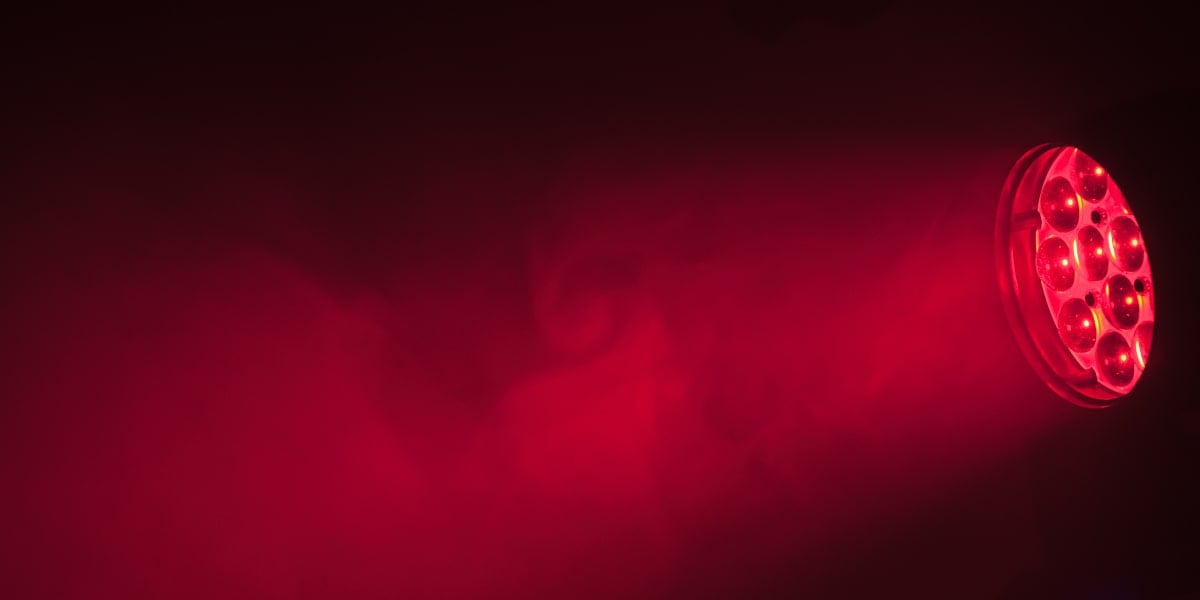A Brief History of Red Light Therapy
Light therapy with red and near-infrared light has only recently come into popular, widespread use in wellness clinics, spas, and athletic centers across the world. Rapidly advancing technology has allowed us to create devices in the last twenty years that were only in science fiction dreams, from our smartphones to self-driving cars to further developing artificial light for a variety of therapeutic applications.
Photobiomodulation therapy continues to change the way we approach pain, inflammation, and wellness, but we’ve been studying the effects of light on our bodies for a long time. Let’s take a look at how we’ve been using light for our health over time.
Humans & Light
We rely on natural light for many aspects of our lives, and we’ve been bringing light to the dark since we’ve been creating fire. Before the widespread use of electric light, oil and gas lamps lit homes and public buildings. Beyond illuminating the dark, light is important for growing crops, and the rise and setting of the sun defines our natural circadian rhythm. Additionally, the incorrect balance of light can upset our sleep and impact our mood.
Invention of the Electric Light Bulb
While gas and oil-powered lighting led the way for bringing light to the dark, the electric light bulb changed the way we were able to study and manipulate light. Thomas Edison registered the first patent for the incandescent light bulb in 1879, revolutionizing the way we could use light: cheaper, brighter, and safer than oil and gas lighting. Less than 50 years later, in 1925, half of all homes in the United States had electric lights.
Early Light Therapy Treatment for Lupus
Following Edison’s incandescent light bulb, Danish physician, Niels Ryberg Finsen, started working with light to study its effects on living organisms. In 1896, Dr. Finsen developed the first light therapy as a treatment for lupus vulgaris, a type of tuberculosis. Using electric light concentrated 15 times, he could treat an area of affected skin 2cm in diameter. His treatment sessions were daily and lasted two hours, but the treatments were successful in clearing lesions from the disease. He built a center where he treated 804 patients, and many saw positive results. In 1903, Dr. Finsen was awarded the Nobel Prize in Physiology for his light therapy treatments.
Introduction of the Laser
Now with electric light and greater means of manipulating light, the laser followed. In 1917, Albert Einstein theorized the foundational properties of the laser, or “light amplification by stimulated emission of radiation.”
While the theory had existed since 1917, the first laser wasn’t developed with Einstein’s theory until 1960. Engineer and physicist Theodore H. Maiman developed the first laser with his team in 1960, which introduced the world to coherent light. In a laser, the light is emitted at a consistent wavelength, which allows the light to be focused in a tight beam.
Lasers changed the world, just like the light bulb. We use lasers in all sorts of applications, from making precise cuts in metal to scanning our groceries. Lasers have a variety of clinical uses as well. With concentrated coherent light, therapeutic applications could be more targeted and customized to the patient. Laser therapy is a type of photobiomodulation therapy that uses more concentrated red and near-infrared light for a targeted approach.
Low-Level Laser Therapy
Hungarian physician, Endre Mester, developed the first low-level laser therapy device in 1967 and tested its effects on skin cancer. He later used the device to show the effects of laser light on wound healing processes. The FDA first approved a low-level laser therapy device in 2002.
LED Light Therapy
While LED technology has been around since the 1960’s, they received some upgrades in the 1990’s that allowed LED light bulbs to be more efficient and cheaper to produce. Now, LEDs are everywhere. While not as targeted or strong as a laser, LEDs still give off consistent color of light, which makes them great for light therapy. In fact, in addition to red light, there are blue and green LED light therapy devices used to treat acne and migraines, respectively.
The effects observed in red and NIR laser treatments were also observed when used with an LED device, such as reduced inflammation and improved skin texture. LED light therapy devices can be used on wider areas than a laser, which gives them the ability to promote whole body wellness and fight inflammation we may not feel deep in the body.
Red Light Therapy Today
Now, red light therapy from LED and laser devices can be found in many clinics, wellness centers, athletic departments, and homes around the world.
TheraLight offers full body photobiomodulation with red and near-infrared LED light therapy beds. We’re committed to further advancing photobiomodulation and improving the quality of life of every individual using our products. For our innovations in photobiomodulation therapy, we were nominated for a prestigious Edison Award in 2020.
You can get started with red light therapy by finding a TheraLight provider near you. Click the link below to view an interactive map of locations.

